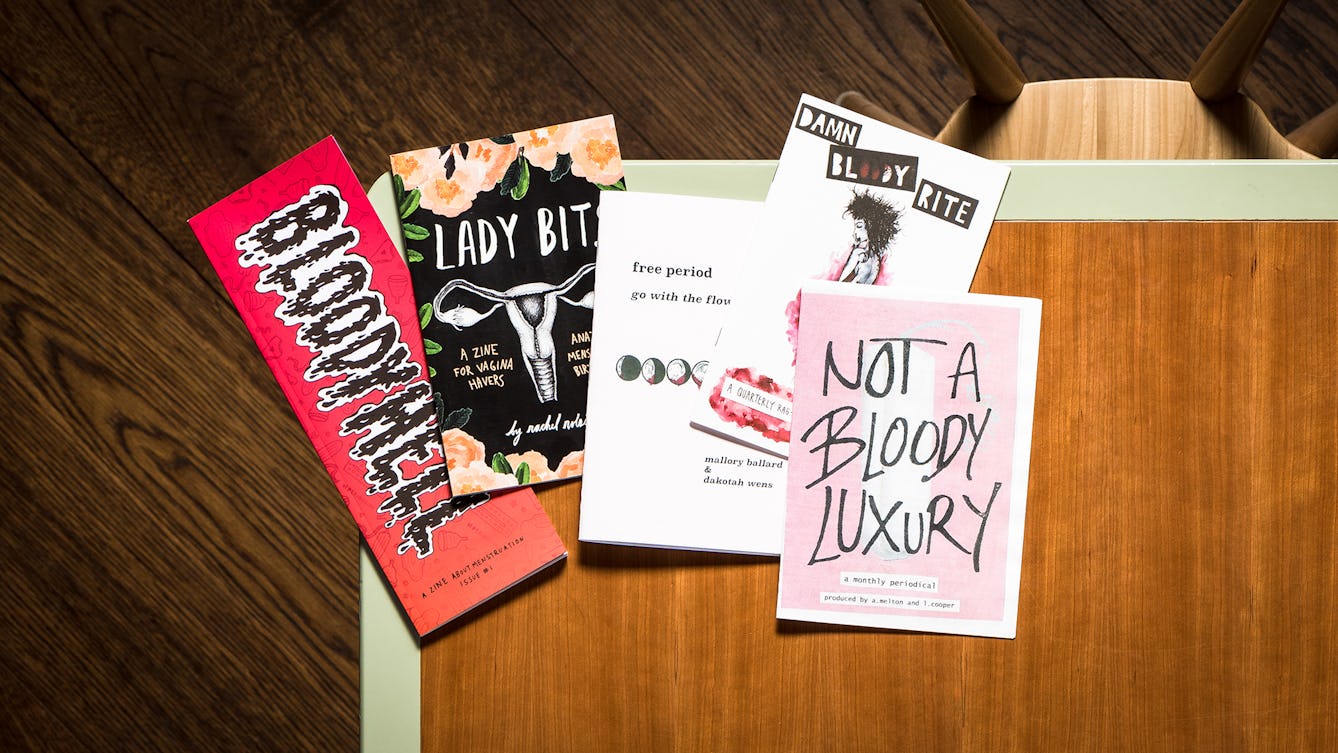Stories

- Article
Rag mags and monthly issues: Five period zines to stop you seeing red
Using humour, personal experience and political activism to explore the bloody reality of menstruation.

- Article
Louis Wain’s cryptic cats
Once famous for his quirky cat illustrations, today Louis Wain is often portrayed as a ‘psychotic’ artist whose illness can be mapped out through his drawings. Here Bryony Benge-Abbott takes a more rounded view.

- Article
Printing the body
The 18th century saw multiple technical developments in both printing and medicine. Colourful collaborations ensued – to the benefit of growing ranks of medical students.

- Article
How slums make people sick
A newly gentrified corner of Bermondsey leaves little clue to its less salubrious history. But a few intrepid writers recorded the details of existence in one of London’s most squalid slums.
Catalogue
- Books
Periodical publications, 1641-1700 : a survey with illustrations / by C. Nelson & M. Seccombe.
Nelson, Carolyn, 1942-Date: 1986- E-journals
- Online
The illustrated London news
Date: 1842-- Journals
Medical & biological illustration.
- E-journals
- Online
The artist : an illustrated monthly record of arts, crafts and industries.
Date: 1898-- Books
Illustrated periodicals of the 1860s : contexts & collaborations / Simon Cooke.
Cooke, Simon (Simon Gareth)Date: [2010], ©2010









